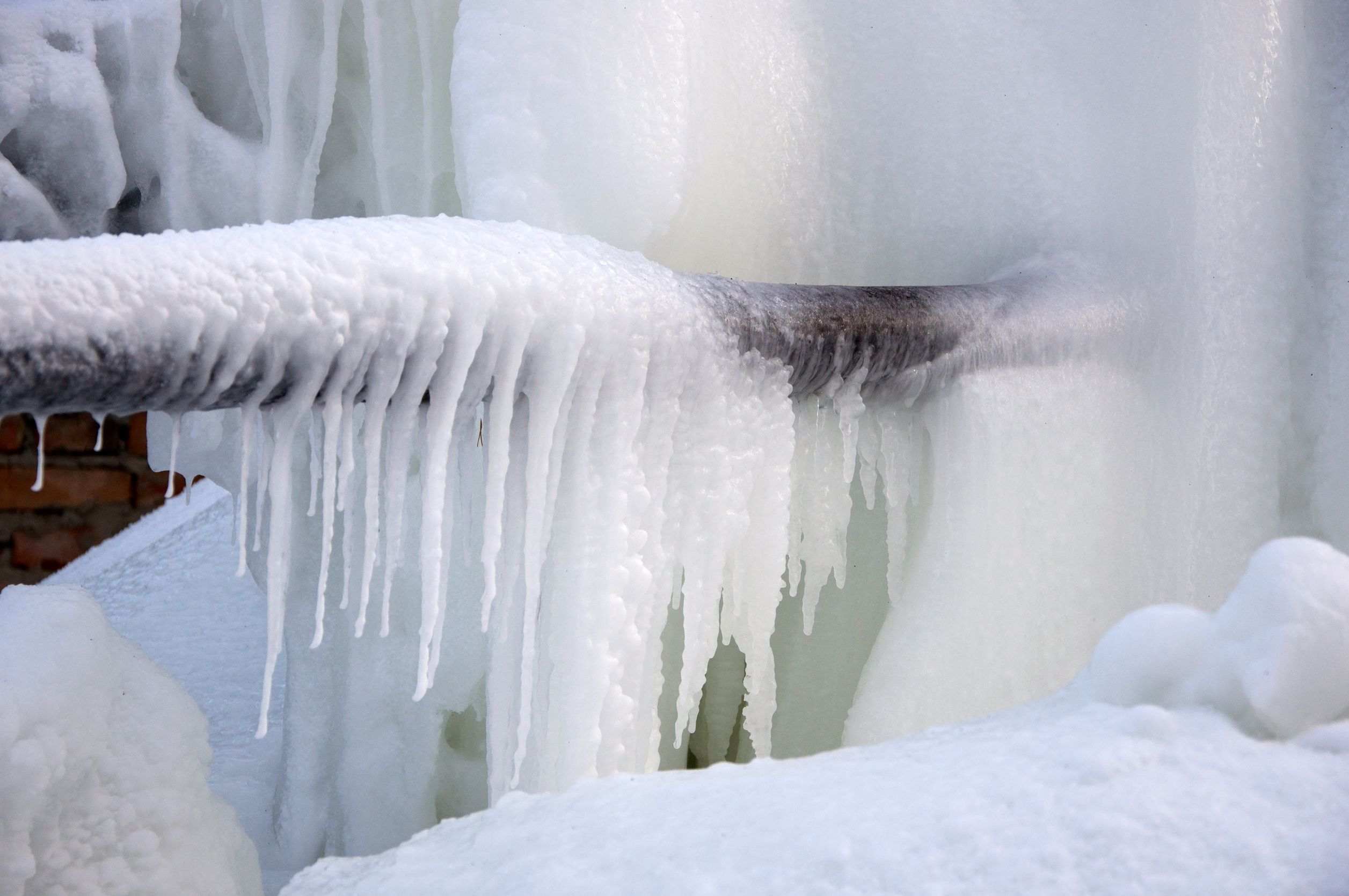The author is making several great pointers related to Helpful Tips to Prevent Frozen Pipes this Winter in general in this content which follows.

Winter can wreak havoc on your plumbing, specifically by freezing pipes. Here's exactly how to avoid it from occurring and what to do if it does.
Introduction
As temperature levels decrease, the threat of frozen pipelines increases, possibly bring about pricey repairs and water damage. Understanding exactly how to prevent icy pipes is important for homeowners in chilly climates.
Recognizing Icy Pipelines
What triggers pipes to ice up?
Pipelines freeze when subjected to temperature levels below 32 ° F (0 ° C) for extended periods. As water inside the pipes freezes, it broadens, putting pressure on the pipeline wall surfaces and potentially triggering them to rupture.
Threats and problems
Frozen pipelines can bring about supply of water disturbances, residential or commercial property damages, and costly repair services. Burst pipes can flooding homes and create considerable structural damages.
Indicators of Frozen Water Lines
Determining icy pipelines early can avoid them from breaking.
Exactly how to recognize frozen pipelines
Look for lowered water flow from taps, uncommon smells or sounds from pipelines, and visible frost on exposed pipes.
Prevention Tips
Protecting at risk pipelines
Cover pipelines in insulation sleeves or utilize warmth tape to safeguard them from freezing temperatures. Concentrate on pipes in unheated or external locations of the home.
Heating methods
Keep indoor areas appropriately warmed, especially areas with plumbing. Open cupboard doors to permit warm air to flow around pipelines under sinks.
Protecting Outside Pipes
Garden hose pipes and exterior taps
Detach and drain garden hose pipes before winter. Set up frost-proof faucets or cover outdoor faucets with protected caps.
What to Do If Your Pipelines Freeze
Immediate activities to take
If you presume icy pipelines, keep taps open up to relieve pressure as the ice melts. Utilize a hairdryer or towels soaked in hot water to thaw pipes slowly.
Long-Term Solutions
Architectural changes
Consider rerouting pipes far from outside walls or unheated areas. Add extra insulation to attic rooms, basements, and crawl spaces.
Upgrading insulation
Purchase top quality insulation for pipes, attic rooms, and wall surfaces. Correct insulation helps preserve constant temperatures and reduces the risk of frozen pipelines.
Conclusion
Avoiding frozen pipelines requires positive steps and fast actions. By recognizing the causes, indications, and safety nets, homeowners can protect their plumbing during winter.
6 Proven Ways to Prevent Frozen Pipes and Protect Your Home
Disconnect and Drain Garden Hoses
Before winter arrives, start by disconnecting your garden hoses and draining any remaining water. Close the shut-off valves that supply outdoor hose bibs and leave the outdoor faucet open to allow any residual water to drain. For extra protection, consider using faucet covers throughout the colder months. It’s also important to drain water from any sprinkler supply lines following the manufacturer’s directions.
Insulate Exposed Pipes
Insulating your pipes is an effective way to prevent freezing. Pipe insulation is readily available at home improvement stores and is relatively inexpensive. Pay close attention to pipes in unheated areas such as the attic, basement, crawl spaces, or garage. Apply foam insulation generously to create a buffer against the cold. You can also wrap your pipes in heat tape or thermostat-controlled heat cables for added warmth.
Seal Air Leaks
Inspect your home for any cracks or openings that could let in cold air. Seal any holes around the piping in interior or exterior walls, as well as the sill plates where your home rests on its foundation. Additionally, make sure to keep your garage door closed unless you’re entering or exiting. Leaving it open creates a significant air leak that can lead to frozen pipes.
Allow Warm Air Circulation
During cold snaps, it’s essential to allow warm air to circulate evenly throughout your home. Leave interior doors ajar to promote better airflow. Open kitchen and bathroom cabinets to help distribute heat consistently around the rooms. If you have small children or pets, be sure to remove any household chemicals or potentially harmful cleaners from open cabinets for safety.
Let Faucets Drip
A small trickle of water can make a big difference in preventing ice formation inside your pipes. When temperatures drop significantly, start a drip of water from all faucets served by exposed pipes. This continuous flow helps prevent the water from freezing. Additionally, running a few faucets slightly can relieve pressure inside the pipes, reducing the chances of a rupture if the water inside does freeze.
https://choateshvac.com/6-proven-ways-to-prevent-frozen-pipes-and-protect-your-home/

We are very taken with Helpful Tips to Prevent Frozen Pipes this Winter and I really hope you appreciated the entire blog post. Enjoyed reading our write up? Please share it. Help someone else find it. We love reading our article about Helpful Tips to Prevent Frozen Pipes this Winter.
Call Today